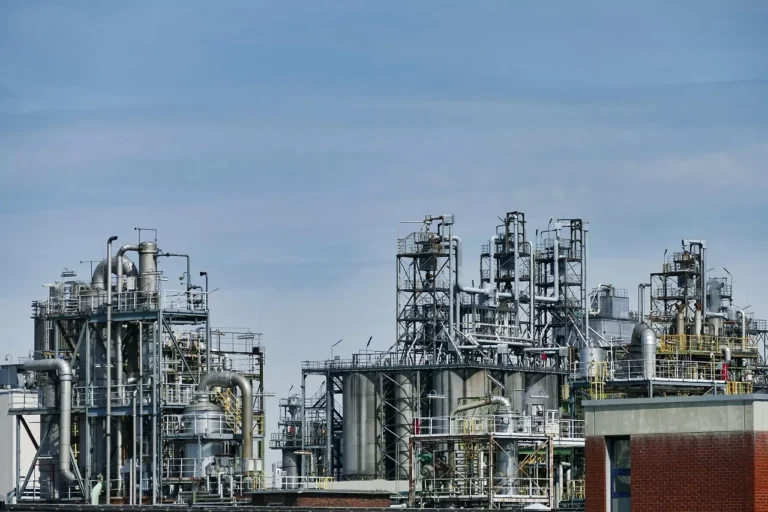
Nextracker Expands into Solar Panel Frame Market with Acquisition of Origami Solar
Nextracker (Nasdaq: NXT), a global leader in solar tracking and technology solutions, announced today that it has entered the solar panel frame market through the acquisition of Origami Solar, Inc. The deal, valued at approximately $53 million in an all-cash transaction including future contingent earnout consideration, marks a strategic move to strengthen Nextracker’s portfolio and advance sustainable solar infrastructure.
Origami Solar is recognized as a pioneer in roll-formed steel frame technology, offering a breakthrough alternative to conventional extruded aluminum frames. Steel frames provide a range of advantages including superior strength and durability, competitive cost structures, a more localized and resilient supply chain, and a significantly reduced carbon footprint. By utilizing steel as the primary material, the technology also opens new opportunities for innovative mounting methods, such as robotic assembly, which can lead to faster installation times and reduced labor costs.
Over the past four years, Origami Solar has invested heavily in developing and refining its frame designs. These efforts included rigorous third-party laboratory testing to ensure performance, safety, and reliability. Importantly, the frames are designed as direct replacements for aluminum frames, maintaining standard industry form factors. This approach enables solar manufacturers to integrate steel frames seamlessly into existing production lines, accelerating adoption across the industry. Origami’s frames have already been tested and validated by leading panel producers. With U.S.-based manufacturing capacity established, Nextracker is positioned to rapidly scale deployment and support the growing demand for steel-based solutions.
Nextracker’s deep expertise in the panel-tracker interface adds another dimension to this acquisition. By integrating Origami’s innovative frame designs with Nextracker’s engineering capabilities, the combined team will focus on developing optimized panel-tracker solutions, further enhancing performance and lowering total system costs.
Dan Shugar, founder and CEO of Nextracker, emphasized the importance of this shift in materials:
“Solar panel frame technology has seen little change in more than 45 years. Meanwhile, panel sizes have grown and the structural demands on panels, particularly in utility-scale tracking applications, have increased significantly. From an engineering standpoint, transitioning from aluminum to steel is a compelling evolution. Steel offers greater structural strength, competitive cost advantages, and a fraction of the carbon intensity compared to aluminum. Beyond that, it enables local manufacturing from raw steel coil through to final product, which benefits both customers and the domestic supply chain. For customers, this translates into faster installations and improved long-term performance. With a total addressable market exceeding $750 million in the U.S. alone, this acquisition represents a substantial new growth opportunity for Nextracker.”
Gregg Patterson, CEO of Origami Solar, highlighted the mission behind his company’s innovation and the value of joining Nextracker:
“Origami Solar was founded to unlock the benefits of steel frame technology for the solar industry. Our team has addressed the key challenges of design, performance, and high-volume manufacturing to bring a truly viable alternative to market. Partnering with Nextracker accelerates our ability to scale this innovation, leveraging their global supply chain, engineering depth, and trusted customer relationships. Together, we can commercialize steel frames more rapidly and deliver meaningful improvements to the solar industry.”
The acquisition not only diversifies Nextracker’s offerings but also reinforces its commitment to advancing sustainability, lowering carbon intensity in solar projects, and fostering local manufacturing ecosystems. With this move, Nextracker positions itself at the forefront of a technology shift that could redefine how solar panels are manufactured, installed, and optimized for decades to come.










